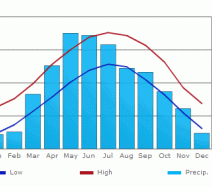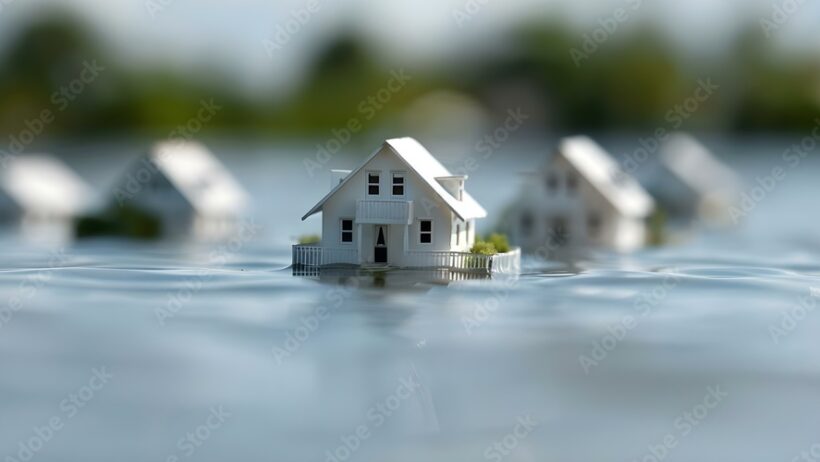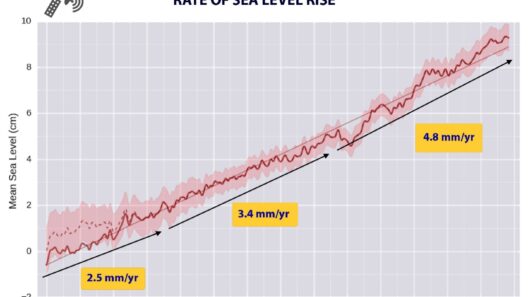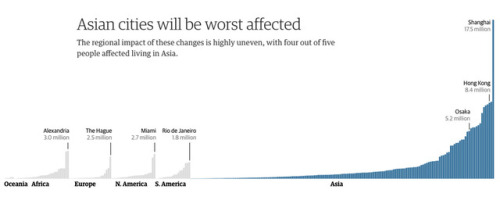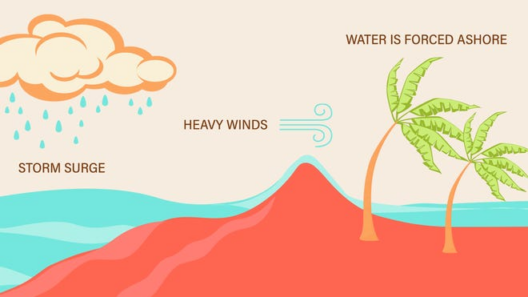Coastal communities face an unprecedented challenge as rising sea levels threaten their very existence. The phenomenon, largely exacerbated by climate change, places millions of individuals and families at risk of displacement and loss of their livelihoods. It is imperative to adopt a multi-faceted approach to safeguard these vulnerable areas. Below are strategies aimed at minimizing damage and enhancing resilience against the encroaching tides.
Understanding the vulnerabilities coastal areas face is the first step toward effective protection strategies. These regions are typically characterized by unique ecosystems that support diverse wildlife and provide essential services for communities. However, increasing temperatures and melting ice caps have led to accelerated sea-level rise, with projections suggesting an increase of one to four feet by the end of this century. Therefore, long-term planning and immediate action are critical in mitigating damages.
Effective and timely communication of the risks associated with rising sea levels is essential for coastal communities. Governments, NGOs, and community leaders must work collaboratively to educate residents about potential impacts. Public workshops, informational pamphlets, and school programs can increase awareness and mobilize collective efforts to combat this impending crisis.
As communities rally for action, enhancing natural barriers becomes a priority. Mangroves, salt marshes, and dunes serve as effective buffers against storm surges and flooding. Preserving and restoring these ecosystems can reduce the force of incoming waves, absorb excess water, and, in essence, act as nature’s own flood insurance policy. This strategy not only offers immediate protection but also fosters biodiversity and promotes ecological health in coastal areas.
The implementation of green infrastructure can significantly bolster coastal defenses. Solutions such as permeable pavements, green roofs, and rain gardens can absorb rainwater and reduce runoff. The promotion of living shorelines, where natural elements are used to stabilize the coastal edge, serves to enhance both resilience and aesthetics. Urban planners should prioritize these solutions in development projects, paving the way for more sustainable and adaptive coastal communities.
However, enhancing natural barriers and employing green infrastructure are only part of the solution. Retrofits and adaptations to the existing built environment are equally critical. From elevating homes above projected flood levels to retrofitting public infrastructure, proactive measures can minimize damage during extreme weather events. Local governments must adopt and enforce stringent building codes that require new constructions to withstand flooding and storm surges.
Managing land use and zoning is another integral strategy in safeguarding coastal communities. Policymakers must analyze vulnerability assessments to inform zoning decisions. By limiting development in the most at-risk areas and promoting retreat from high-risk zones, communities can mitigate future damages. Providing incentives for homeowners to relocate away from vulnerable coastal areas is also an essential aspect of long-term planning.
Planning for managed retreat requires sensitivity to social impacts. Communities often have deep emotional and economic ties to their coastal homes. Therefore, compensation measures and support structures should be established to assist displaced residents. Engaging the community in these discussions fosters trust and encourages collective decision-making, ultimately leading to more successful outcomes.
Financial strategies also play a significant role in the protection and adaptation of coastal areas. The establishment of dedicated funds for coastal resilience projects can ensure continuity in efforts to protect vulnerable communities. Governments and institutions should explore innovative financing options, such as green bonds, which specifically fund sustainable projects aimed at climate adaptation and mitigation.
In addition, insurance reform is critical in addressing the challenges posed by rising sea levels. Coverage models must evolve to reflect the increasing risks associated with flooding and property damage. Expanding access to affordable insurance products helps residents recover more easily after disasters and promotes community resilience.
Finally, fostering research and monitoring systems is crucial for informed decision-making. Continuously collecting and analyzing data related to sea level rise, regional weather patterns, and community impacts empowers stakeholders to adapt strategies accordingly. Collaborations between universities, governmental bodies, and community organizations can lead to innovative solutions and robust responses to rising waters.
It’s also important to promote regional collaboration among coastal communities. Working together enhances capacity-building and sharing of best practices. Regional coalitions can amplify resources, share knowledge, and develop coordinated responses to address the complexity of climate change and its effects on coastal areas.
The pressing nature of rising sea levels requires urgent action and a comprehensive approach. By fostering awareness, enhancing natural defenses, retrofitting infrastructure, managing land use, securing financial resources, reforming insurance models, and promoting collaboration, coastal communities can bolster their resilience against the tide of change. It’s a multifaceted battle that requires the concerted efforts of governments, organizations, and residents alike, united in a common goal: preserving our coastal enclaves for generations to come.
